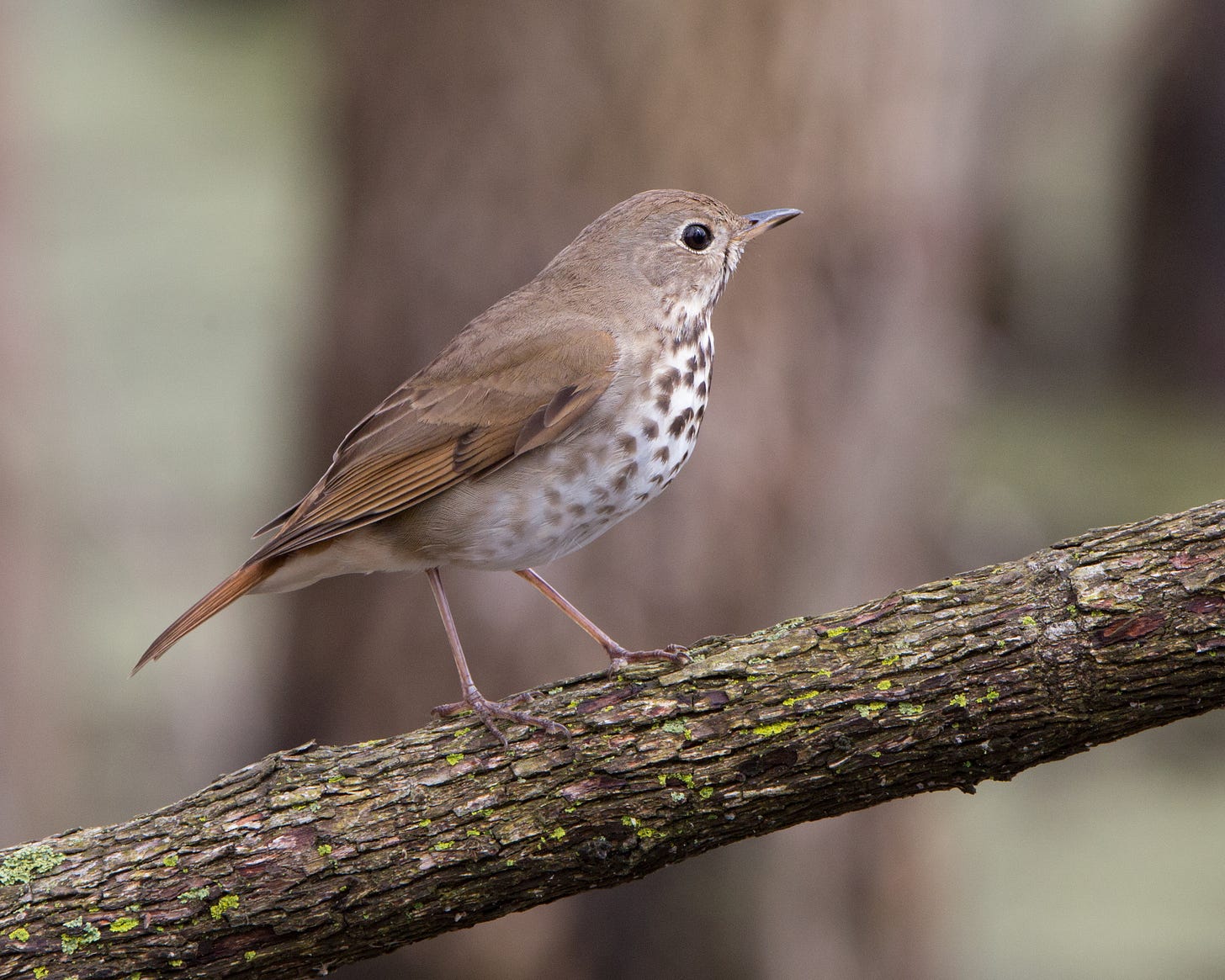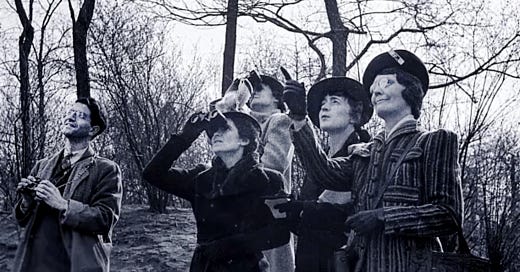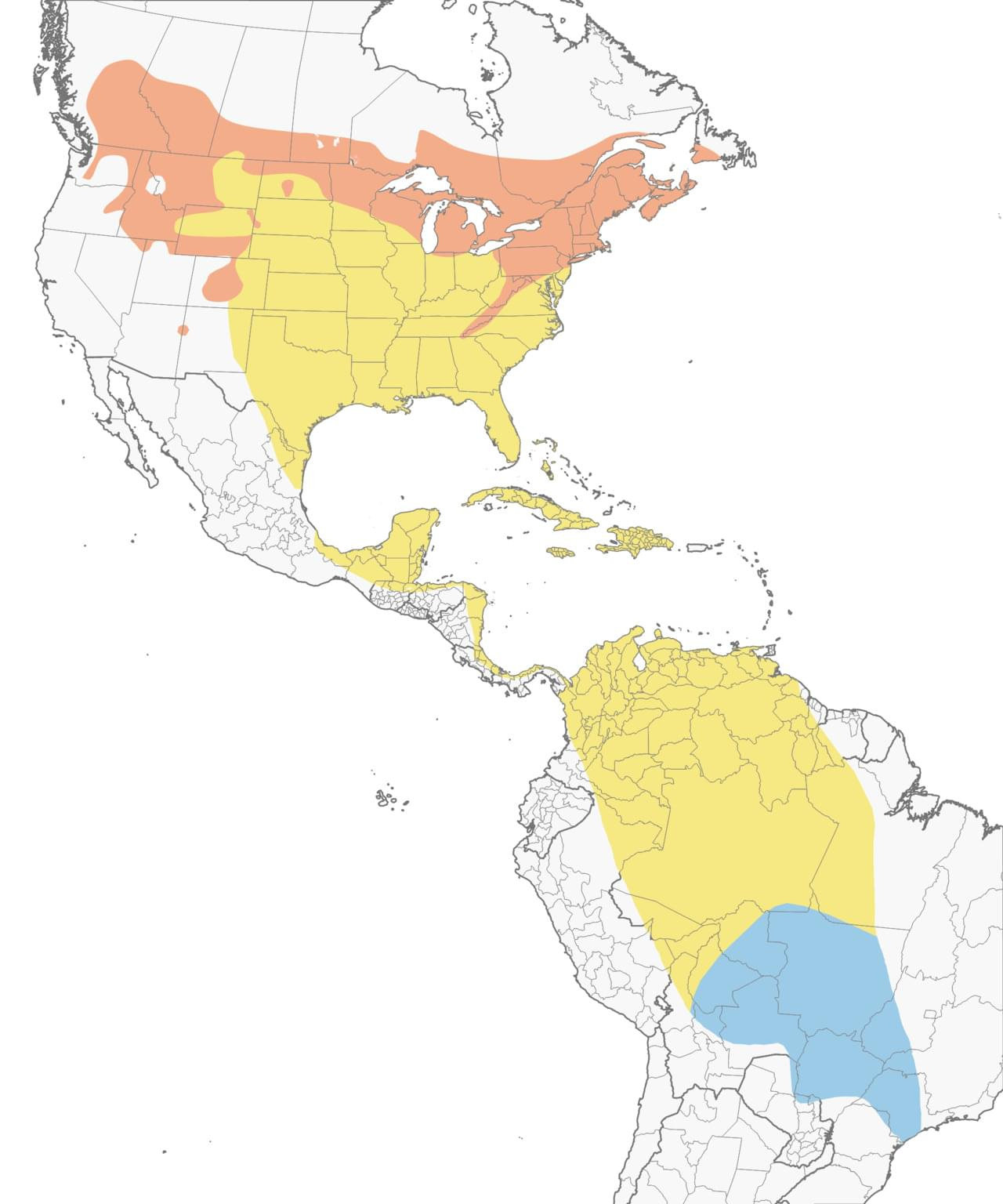UPDATES & ANNOUNCEMENTS
This Saturday, December 14, is the 125th annual Audubon Christmas Bird Count, the nation's longest-running Community-Science bird project. To participate in Brooklyn, email Bobbi at roberta.manian@gmail.com, or else talk to Michael after this week’s regularly scheduled McGolrick Park walk.
Only one more Bird Club Saturday this year! Clubbies will be hibernating on 12/21 and 12/28—same cozy burrow as the newsletter gnomes✌️🧙♂️🍄. Happy Winter Solstice, etcetera!
MICRO-SEASON — DEC 2 - DEC 8
Q4? Don’t.
Unlike the slavish quarters of labor time made up by corporate humanoids, micro-seasons are straight from source, the great unity, the god-babe herself: Mama Natura. Current Japanese micro-season: "Tachibana citrus tree leaves start to turn yellow." As for McGolrick Park, New York City and perhaps even larger swathes of the eastern US, we notice—
Winter skies · First flurries · Scores of flying geese · Silver Lindens and Cockspur Hawthorns go bare
Wanna learn trees? Live in NYC? If yes and yes: tap this map.
BIRDS NOTICED IN MCGOLRICK PARK THIS MICRO-SEASON

Hermit Thrush · Dark-eyed Junco · White-throated Sparrow · Fox Sparrow · Swamp Sparrow · Canada Goose · Tufted Titmouse · White-breasted Nuthatch · Red-tailed Hawk · Cooper’s Hawk · American Kestrel · Downy Woodpecker · Red-bellied Woodpecker · Northern Flicker · Yellow-bellied Sapsucker · Northern Cardinal · Blue Jay · American Crow · Rock Pigeon · European Starling · American Robin · House Sparrow · Mourning Dove
MICRO-LESSON: RANGE MAPS
Here’s a quick primer for reading bird range maps. Those strange, sometimes beautifully colored maps that dot field guides and avian education websites.
The colors simply indicate when and where a species is (roughly) findable.
Purple: The species is present year-round
Orange: Present during summer
Blue: Present during winter
Yellow: The species is present during migrations. These occur in spring (late April to mid-June) and fall (late Aug. to late Oct.), when some species move between summer and winter ranges

You might peep this map and correctly conclude things like:
For birds in the Northern Hemisphere, spring migration is generally northwards, from blue winter grounds to orange summer grounds. Vice versa, fall
Hermit Thrushes can be found in NYC year-round
Segments of birds within the same species follow different migratory patterns. Hermit Thrush populations who winter in Arkansas, for example, may migrate further distances northwards than those who winter in North Carolina

Range maps are fascinating and impressive. And for some species, they’re absolutely awe-inspiring. Your correspondent’s personal favorite is the Veery’s. Another migratory thrush who resembles the Hermit, but is more daintily toned.
Look at its range map. Think about what it will mean when, come spring, we notice Veeries again in McGolrick Park:
Who’s going to bow with me?





